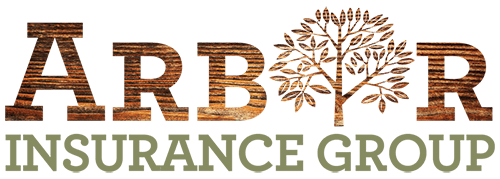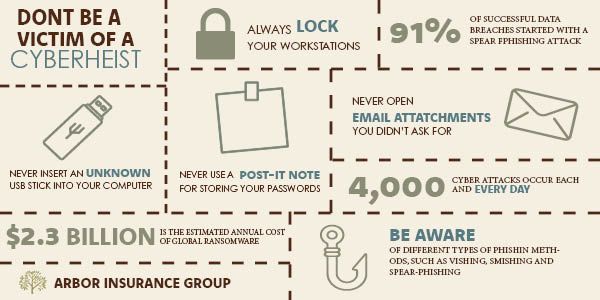
Risk management goes beyond insurance in that it’s about planning for and mitigating potential business risks, aside from a policy that pays out when suffering a loss. The two work hand-in-hand together, but it’s important to understand that risk management is all about planning and strategizing for the long-term of your business.
What is risk management and why is it important?
Every business has unique goals, just as it has industry-specific risks. Achieving those goals while minimizing the potential risks is what every risk management plan strives to achieve. The risk management process includes several key elements to ensure that any business can prepare for the worst and plan for the future. These include determining risks, understanding and prioritizing them based on occurrence and severity, developing a plan to reduce and mitigate those risks, and reviewing the process regularly to ensure effectiveness.
Real world examples of risk in business.
There are a variety of factors that determine the frequency of certain things impacting your business, such as the type of industry, location of operations, number of employees, and training programs to name a few. Knowing what some of the common business risks are can help get the risk management process started. Some examples include damage caused by natural disasters, accidental injuries, cyber hacks, and lawsuits from customers or employees. Identifying risk factors in your own business and how they impact your ability to achieve your goals is the initial part of the process.
Assessing the impact and frequency of risks.
Once the risk factors of your business are determined, they need to be prioritized by the potential frequency that they might occur and the potential impact that they could have. Developed risk management techniques and strategies will go further by identifying which areas of your business need the most attention. Understanding which risks can have the most detrimental impact and are most likely to occur narrows down the top priorities of your customized plan.
Reducing and mitigating risk effectively.
Developing an effective risk management strategy for your business is essential, and understanding which risk factors to prioritize over others is the key to successfully minimizing and managing them. This is where a risk management plan is developed fully to include all of the risk factors and the ways in which your business will need to adapt and adjust to prevent and prepare for those risks. Whether it’s training sessions for your team, adjusting operations, changing work schedules, updating technology systems or equipment, or putting resources into getting employees certified, the plan put in place will be driven to reduce and mitigate risks specific to your business.
Reviewing and enhancing risk management strategies.
Because risk management is a cyclical process, reviewing the plan isn’t the end but simply another part of the system that makes it even more effective. The timing of these reviews can vary depending on your business and the specific risk factors involved, but is key to helping improve upon the existing plan. And because things change in the world and your business over time, new risk factors may come up and will need to be accounted for. The review process also puts the achievement or failure of goals into consideration and can change the trajectory of your business for the better.
If you are interested in how to better identify and manage business risks, contact us to help you get started on the risk management process.
Arbor Insurance Group provides business insurance and other personal and business insurance products throughout the Lehigh Valley, including Allentown, Bethlehem, Easton, Emmaus, Macungie and surrounding areas.





